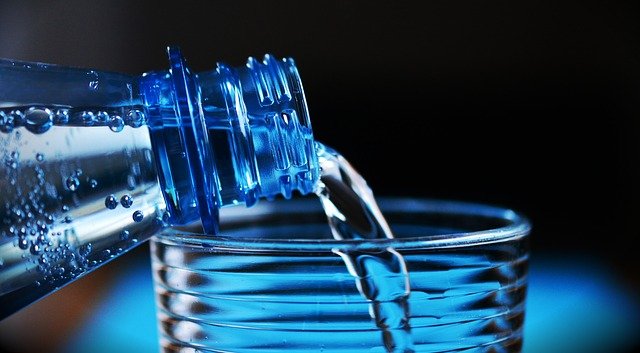Dehydration and Your Spine
We’ve all heard it’s important to drink water throughout the day. Some people specify drink 8 cups a day. It’s true, water is important for many parts of your body, including your spine. Let’s take a closer look at why hydration is important for your spine.

Spinal Discs
The spine is composed of a few dozen bones called vertabrae, stacked on top of one another. In between each bone is an inter-vertebral disc. These discs are spongy, fluid-filled sacs that act as shock absorbers and prevent the bones from rubbing against one another.
Read our in depth series on spinal anatomy.
Disc Dehydration
Disc desiccation is the term used for dehydration of the intervertebral discs (IVDs). Disc dehydration occurs naturally as we age and is often found in individuals with degenerative disc disease. However, disc dehydration is not isolated to the elderly. Anyone can experience this. If the dehydration is significant enough, it can lead to pain, stiffness, numbness, or shooting pains.
How is Disc Desiccation Identified?
Disc desiccation can be identified in an X-Ray, CT scan, or MRI. Affected discs may appear thinner or mis-shapen in imges from these scans.
Can Dehydration in Your Spine Be Avoided?
Unfortunately, we can’t stop the body’s aging process. But, we can impact how quicly the body ages and take steps to prevent dehydration in the spine.
One way to slow the dehydration of the IVDs is to ensure the body is properly hydrated. How much water should you drink to ensure your body is properly hydrated? You may have heard 8 cups a day but this is a rough guideline. The amount required by each person can vary dramatically based on age, gender, diet, environment, activity level, etc. A report from the National Academies Press estimated males need, on average, 13 cups a day while females need, on average 9 cups a day.
Another way to slow the process of disc desiccation is to avoid smoking. Scientists have linked smoking to worsening degenerative disc disease in the neck.
A third way to help your discs stay hydrated is to watch your weight. As our body mass index (BMI) increases, more pressure is placed on spine and its components. This additional stress can increase the rate of dehydration and degeneration.
Believe it or not, exercise and stretching can also help discs stay hydrated. The movement allows the disc to absorb water to keep it hydrated, as long as there’s enough water in the body, so….
…make sure you’re drinking enough water.
References
